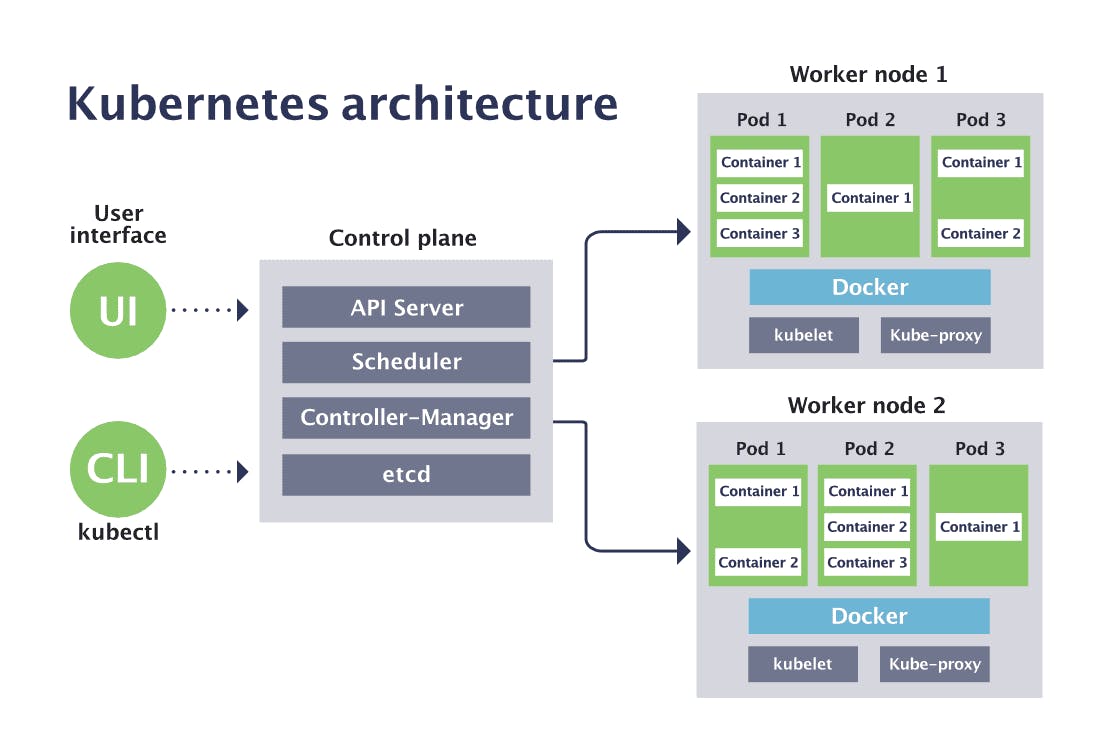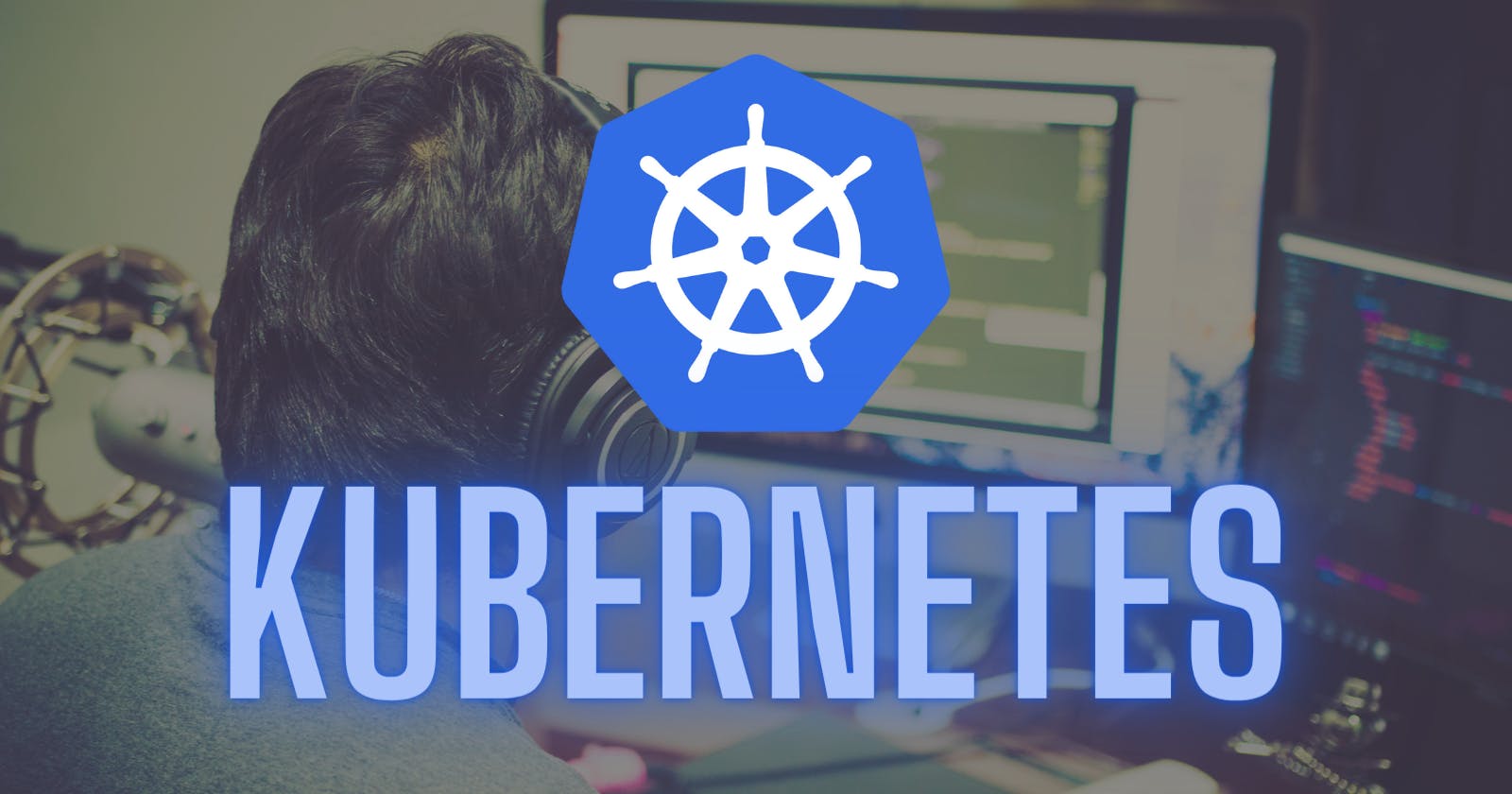What is Kubernetes?
Kubernetes is a container management technology developed by Google. It is used to manage containerized applications in different kinds of environments such as physical, virtual, and cloud infrastructure.
It is an open-source system that helps in creating and managing the containerization of applications.
History of Kubernetes
Kubernetes was originally developed by Google and was open-sourced in 2014. The project was based on the experience and lessons learned from running containers at scale at Google for over a decade.
In the early years, Kubernetes rapidly gained traction in the industry and became one of the most popular open-source projects in the cloud-native ecosystem. It was adopted by many organizations for managing their containerized applications, and it became the de facto standard for container orchestration.
In 2018, Kubernetes was donated to the Cloud Native Computing Foundation (CNCF) to ensure its long-term sustainability and growth. Today, Kubernetes is one of the top-level projects at the CNCF and is backed by a large and active community of contributors and users.
Since its inception, Kubernetes has continued to evolve and expand its capabilities, adding support for new features and technologies, and becoming a key component of the cloud-native landscape. It remains one of the most widely used and influential projects in the open-source community, and its importance to the cloud-native ecosystem continues to grow.
Some of the key features and advantages of Kubernetes include:
Container orchestration: Kubernetes provides a unified platform for managing containers, allowing users to automate the deployment, scaling, and management of containerized applications.
Scalability: Kubernetes makes it easy to scale applications both horizontally and vertically, allowing users to easily add or remove resources as needed to meet changing demand.
High availability: Kubernetes provides mechanisms for ensuring high availability of applications, such as automatic failover and self-healing capabilities.
Automated rollouts and rollbacks: Kubernetes provides a way to automatically deploy new versions of applications and roll back to previous versions in the event of problems.
Multiple environment support: Kubernetes supports multiple environments, including on-premise, cloud, and hybrid environments, making it easy to deploy and manage applications across a wide range of environments.
Configurable resource management: Kubernetes provides a flexible and configurable resource management system, allowing users to specify the resources required for each application and manage those resources in a predictable and consistent manner.
Service discovery and load balancing: Kubernetes provides built-in service discovery and load balancing capabilities, allowing applications to communicate with each other and distribute load across multiple nodes.
Large and active community: Kubernetes is an open-source project with a large and active community of contributors and users, providing a wealth of resources and support for users.
Overall, Kubernetes provides a flexible, scalable, and high-performance platform for managing containers, making it a popular choice for organizations of all sizes looking to run applications in production.
Kubernetes Architecture

Kubernetes is an open-source platform for automating deployment, scaling, and operations of application containers across clusters of hosts. It has a modular architecture composed of the following components:
API Server: The API server is the central management component of a Kubernetes cluster. It exposes the Kubernetes API and acts as a front-end for all other components, providing a unified way of accessing the cluster's resources.
etcd: etcd is a distributed key-value store that is used to store the configuration data of a Kubernetes cluster. It provides a reliable way to store and access the state of the cluster, and it is used by the API server to persist the configuration data of the cluster.
Controller Manager: The controller manager is responsible for managing the state of the cluster, checking the desired state against the actual state and making necessary changes. Some examples of controllers managed by the controller manager include the replica set controller, the deployment controller, and the endpoints controller.
Scheduler: The scheduler is responsible for assigning pods to nodes in the cluster based on resource requirements and constraints. It uses information about the available resources on each node and the resource requirements of each pod to determine the best fit for each pod.
Kubelet: Kubelet is a component that runs on each node in the cluster and communicates with the API server to ensure that containers are running as expected. It is responsible for starting and stopping containers, reporting the status of the containers and node, and responding to events such as the creation or deletion of pods.
Container runtime: The container runtime is responsible for starting, stopping, and managing containers. Kubernetes supports multiple container runtimes, including Docker and CRI-O. The container runtime communicates with the kubelet to ensure that containers are running as expected.
kubectl: kubectl is a command-line tool for interacting with the API server. It can be used to create, update, and manage resources in a Kubernetes cluster, such as pods, services, and deployments.
All these components work together to provide an easy-to-use platform for deploying, scaling, and managing applications on a cluster.

